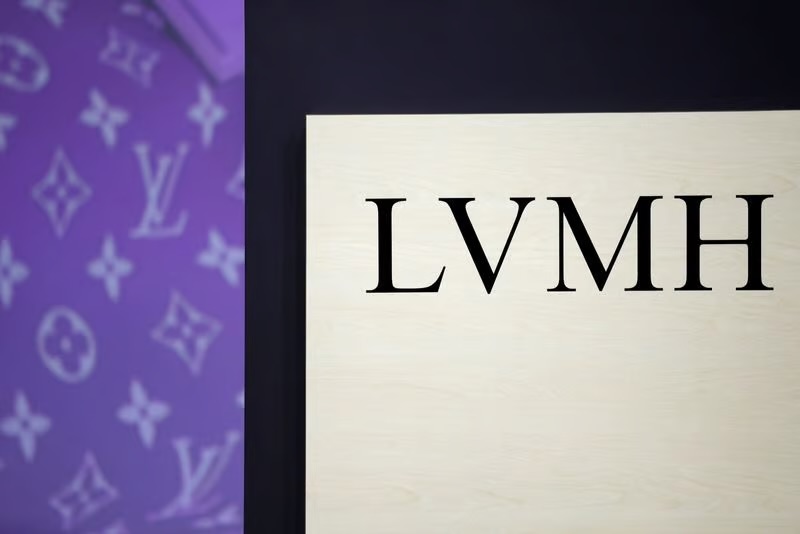Business
LVMH Posts 3% Sales Dip in Q1 2025 as Luxury Demand Cools
LVMH, the world’s leading luxury conglomerate, reported a 3% decline in first-quarter sales for 2025, falling short of analyst expectations and underscoring a broader slowdown across the high-end fashion sector.

For the three months ending in March, the French group—which owns iconic brands like Louis Vuitton, Dior, Bulgari, and Hennessy—generated revenue of €20.3 billion ($23.08 billion). The results reflect a sharp contrast to the modest 1% growth seen in the previous quarter and fall short of the 2% gain predicted by analysts, according to VisibleAlpha estimates.
The company’s critical Fashion & Leather Goods division, which includes Louis Vuitton and Dior and contributes nearly half of LVMH’s overall revenue and more than 75% of its operating profit, saw sales fall by 5%. That figure significantly missed forecasts for a flat performance.
LVMH attributed the drop to a “slight decline” in the U.S. market and a softer performance in Japan compared to the same period last year, when a post-COVID surge in Chinese tourism had temporarily boosted luxury spending.
Luxury brands had hoped wealthy American consumers would help revive momentum in early 2025, as concerns lingered over sluggish demand from China. But with U.S. recession fears mounting—intensified by President Donald Trump’s new tariff announcements—the sector now faces the prospect of a prolonged downturn.
While LVMH and its peers benefit from strong margins and pricing power, which help buffer profit erosion during turbulent times, the specter of tariffs looms large. If fully enacted, the new U.S. duties would impose a 20% tariff on European fashion and leather goods and 31% on Swiss-made watches. Although Trump has temporarily paused the full rollout and instituted a 10% general rate for 90 days, uncertainty continues to weigh heavily on investor sentiment.
As luxury titans like LVMH navigate this shifting global landscape, the coming quarters could test the sector’s resilience in ways not seen since the early pandemic days.



































